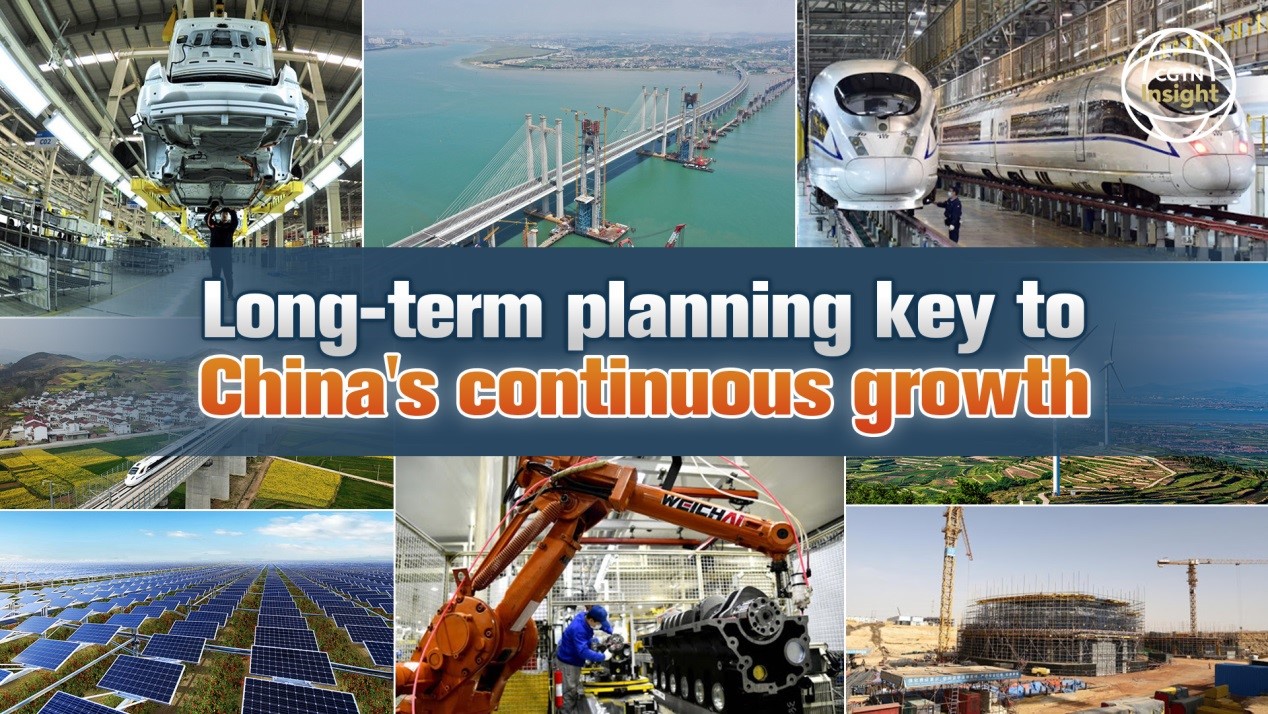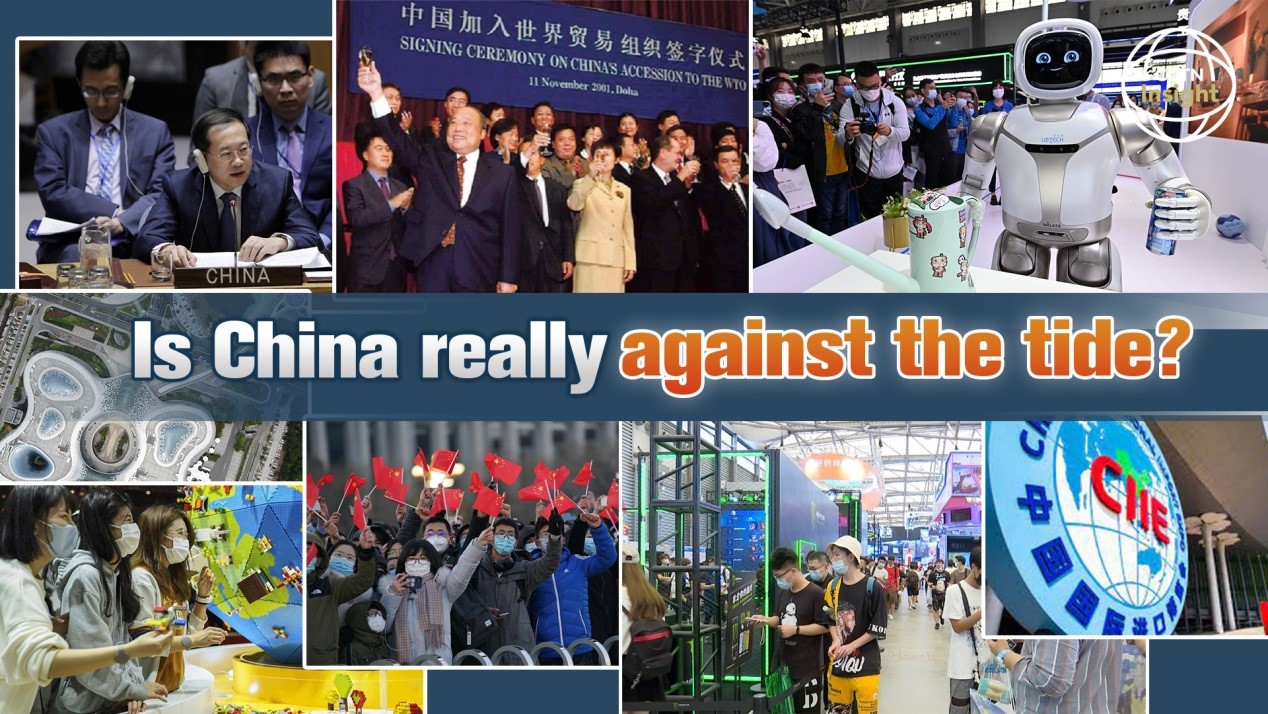By Xu Qinduo –CGTN Insight
“Roots of China’s Growth” is a 10-episode series marking the centenary of the founding of the Communist Party of China (CPC), which has presided over the country’s meteoric rise as a global power. The series focuses on 10 fundamental elements of the strategy that has led to China’s transformation from an impoverished nation over the past 100 years. “Long-term planning” is the sixth in the series. The article is part of a special series from CGTN and its international media partners.
Speaking a few days ahead of the Earth Day summit on climate change in April, American Secretary of State Antony Blinken acknowledged that the U.S. had fallen behind China in developing the technology needed to curb climate change.
He drew attention to the fact that China holds nearly a third of the world’s renewable energy patents and is the world’s largest producer and exporter of solar panels, wind turbines, batteries, and electric vehicles.
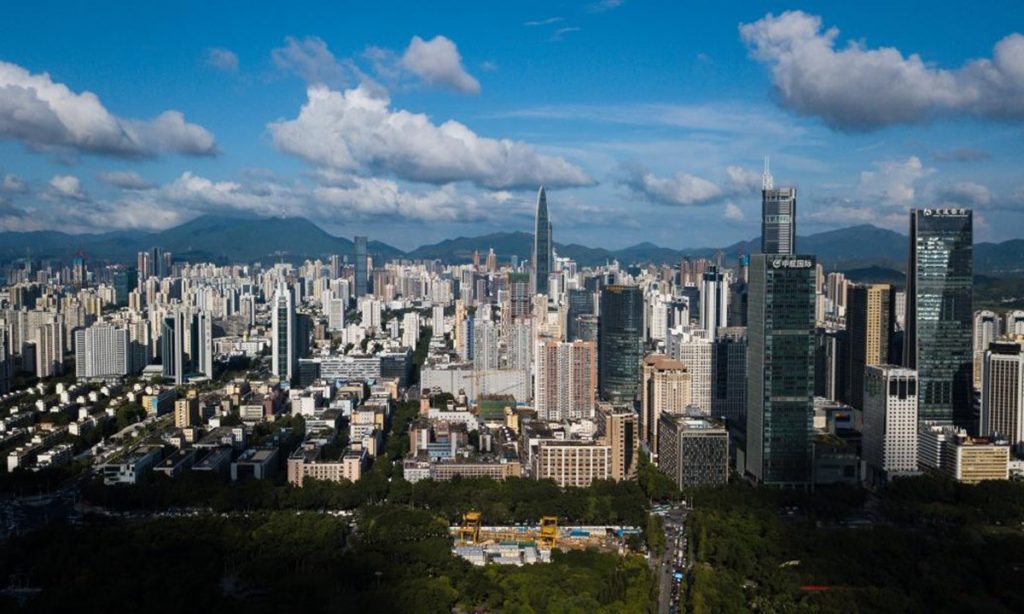
Aerial photo taken on August 13, 2020 shows a view of Shenzhen, South China’s Guangdong Province. Photo by Xinhua
China’s global dominance in renewable energy is no accident. It is the result of the type of long-range planning that has become a well-known characteristic of the nation’s governance system.
The government’s own national renewable targets, stretched over 15 years, were first set out in a document titled, Medium and Long-Term Development Plan for Renewable Energy, in 2005. An accompanying landmark Renewable Energy Law passed the same year created the conditions for green energy growth and tackling problems of water and air pollution.
The result? “China is for now winning the global race to invent and manufacture the technologies that will allow a new low-carbon world,” according to a Foreign Policy article.
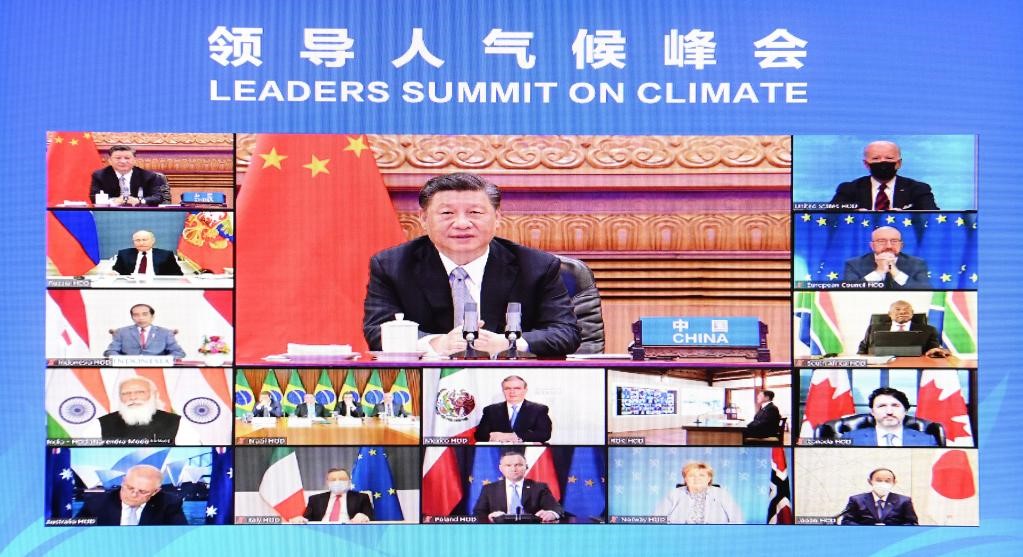
At the invitation of U.S. President Joe Biden, Chinese President Xi Jinping attends the Leaders’ Summit on Climate via video link in Beijing, capital of China, April 22, 2021. Photo by Xinhua
The bedrock of China’s economic planning has been its Five-Year Plans that began in 1953 and were patterned initially after the centralized Soviet system.
Indeed, the CPC, two years after it founded the People’s Republic, dispatched a team to Moscow that included then Premier Zhou Enlai for consultations ahead of drafting the first plan.
In the early years, the economic and production targets did not always go to plan, and officials made mistakes as they were new to the system.
For instance, during the Great Leap Forward, an economic campaign in the late 1950s to transform China from an agrarian to an industrial economy, many targets were unmet because they were too ambitious. As a result, the campaign ended in disaster.
The country learned from that experience, devising attainable goals and consulting widely in subsequent years.
It was not until the 1970s – and the unleashing of the groundbreaking “reform and opening-up” policies – that the world really sat up and took notice. Since then, the CPC’s quinquennial strategic visionary planning has been widely credited with facilitating continuous economic expansion in China and underpinning its transformation from a backwater into the world’s second largest economy.
The drafting of the outline of these modern Five Year Plans usually takes three years, according to Xinhua news agency. Input is sought from diverse sources, including government ministries, state enterprises, provincial administrations, scholars and think tanks, grass-root level CPC delegates, non-CPC political parties and the private sector.
The heavy centralization of the past has been modified in favor of widespread buy-in for the national development goals. Hence, they have a greater chance of succeeding.
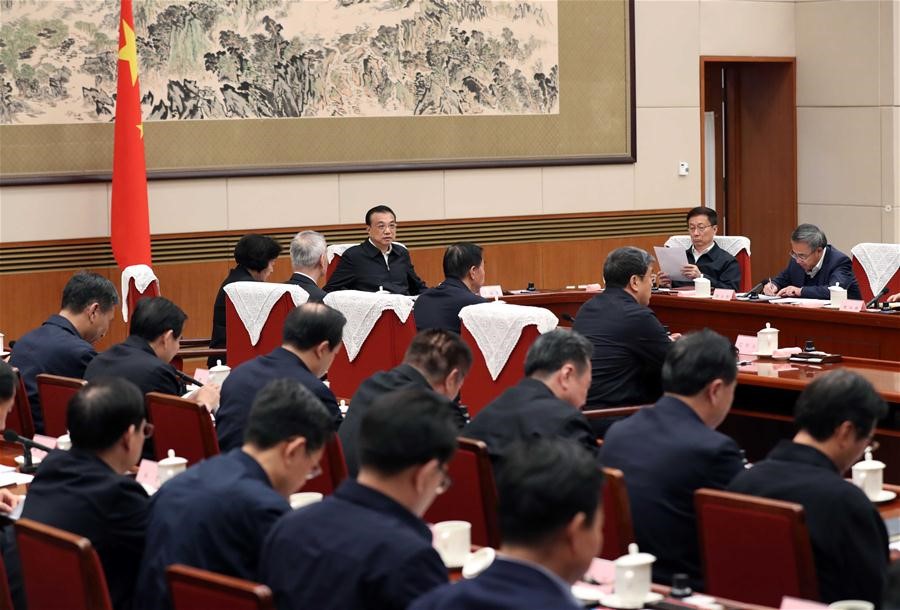
Chinese Premier Li Keqiang presides over a meeting on making the 14th Five-Year Plan (2021-2025) in Beijing, capital of China, November 25, 2019. Photo by Xinhua
In 2014, Professors Anna L. Ahlers and Gunter Schubert argued in their paper Effective Policy Implementation in China’s Local State that “the triangle of central policy design, institutional constraints, and strategic agency of local implementers explains cases of effective policy implementation that can be observed throughout China.”
This long-term approach is also backed by sectoral development plans.
The upshot is that China’s economy grew from over $76 billion (493 billion yuan) in 1981 to almost $16 trillion (100 trillion yuan) in 2020. The country’s per capita GDP was comparable to that of India’s in 1978 at about $200. Today, it is five times larger than that of its neighbor at $10,000.
China’s success in moving from a Soviet-style command economy to a more market-driven one has also cultivated influential global companies like Huawei, TikTok, Tencent, Alibaba and BYD.
The country’s leaders often stress that the market should be allowed to play a decisive role in allocating resources, and China can never go back to a dominant centrally planned economy that often stifles innovation, discourages entrepreneurship and is much less efficient in distributing resources.
Five Year Plans combine the visible hand of the government and the invisible hand of the market, which can be dysfunctional and has its own shortcomings.
Under the current blueprint, China aims to “basically realize socialist modernization” within 15 years – by 2035 and to finally become a “great modern socialist country” by 2050.
The CPC’s ultimate goal is to achieve a “beautiful China” characterized by the rule of law, innovative companies, a clean environment, an expanding middle class, adequate public transportation and reduced disparities between urban and rural communities.
It may seem an uphill battle, but if the past is any guide, it’d be unwise to bet against the CPC achieving its goals.
Xu Qinduo is China Radio International’s former chief correspondent in Washington and a senior fellow of the Pangoal Institution. You can contact him directly at xu******@***il.com. Please send any other contributions, including expressions of interest in sharing expertise with us, to op******@**tn.com.

